Reasons to Schedule Your Chimney Repairs Now
Summer’s here, and you’re ready to relax, take a much-needed vacation, and spend quality time with the family. One thing that’s probably not on your mind, however, is chimney maintenance and repairs. This post delves into why summer is the best time to take care of this instead of putting it off until winter.
Why It’s Best to Schedule Chimney Repairs in Summer

Better Weather
Given the chance, most people prefer outdoor work when it’s warm. Summer gives you plenty of sunshine, ideal temperatures, and more daylight to complete repairs. Additionally, materials used for masonry repairs cure better in warm weather.
More Time to Address Issues
If your chimney sweep discovers a problem during a routine inspection, summer allows you ample time to fix it before winter arrives and you want to use your fireplace and chimney. Significant masonry repairs take time, so it’s best to get them out of the way in summer instead of waiting until the last minute.
Easier Scheduling
Most chimney contractors get booked weeks out the closer winter gets, making it difficult to schedule an appointment. Because summer is a slow time for contractors, it’s easier to get a technician when you want. Moreover, chimney contractors are more likely to offer discounts or lower prices in summer to get work, so you can save a few bucks taking care of repairs and maintenance now instead of waiting.
Best Time for Waterproofing
Water is a chimney’s number one enemy because it seeps into the mortar and bricks, freezes, and causes cracking. If left alone, the mortar joints deteriorate, the bricks can loosen, and the chimney becomes unstable. Brick waterproofing is the best defense against moisture damage and must be completed before winter. Like masonry repairs, these waterproofing products cure better in warm weather.
Now is the perfect time to call for a complete chimney inspection, cleaning, and repairs. Book your appointment today at 913–236–7141.
The Most Common Summer Chimney Repairs
Chimney Cap Replacement
The chimney cap fits on top of the chimney or flue to guard against debris from falling in, causing a blockage. Like other chimney components, the cap is exposed to weather 24/7 and can become damaged or loosen from high winds or storms. Depending on the material it’s made from, a chimney cap can last a few years to a lifetime; however, you should have it inspected yearly for damage.
Masonry Repair
As mentioned, water can wreak havoc in your chimney. If you don’t keep up to date with repairs and maintenance, water damage can cause brick spalling and deteriorating mortar joints. The most common masonry repair we perform is tuckpointing. Tuckpointing, or repointing, is the process where we remove the damaged mortar joints and replace it to restrengthen the structure.
Crown Repair
The crown is another critical chimney component that protects the masonry against water damage. However, most crowns are made from concrete and are susceptible to cracking. Cracks allow rainwater and snow to get into the chimney, leading to water damage and mold.
Flashing Repair
Chimney flashing is the material contractors install at the point where the roof butts against the chimney to stop water from leaking in. Like the chimney, flashing can become damaged in harsh climates and heavy storms. During a routine chimney inspection, our technicians check the flashing for corrosion and gaps where water could seep in.
Chimney Sweeping
Lastly, we perform a lot of chimney cleaning during summer because homeowners want to be sure the fireplace and chimney is ready to use when that first chilly night hits.
Don’t Wait ’Til the Last Minute: Call Fluesbrothers Chimney & Fireplace
Fluesbrothers Chimney & Fireplace is the trusted chimney and fireplace contractor in Kansas City. Our technicians are certified by the Chimney Safety Institute of America and the National Fireplace Institute, so you can trust their work. You can count on us whether you need chimney repairs, cleaning, rebuilding, or dryer vent services.
Call today at 913–236–7141 to schedule an appointment.
The post Reasons to Schedule Your Chimney Repairs Now appeared first on Fluesbrothers Chimney Service.

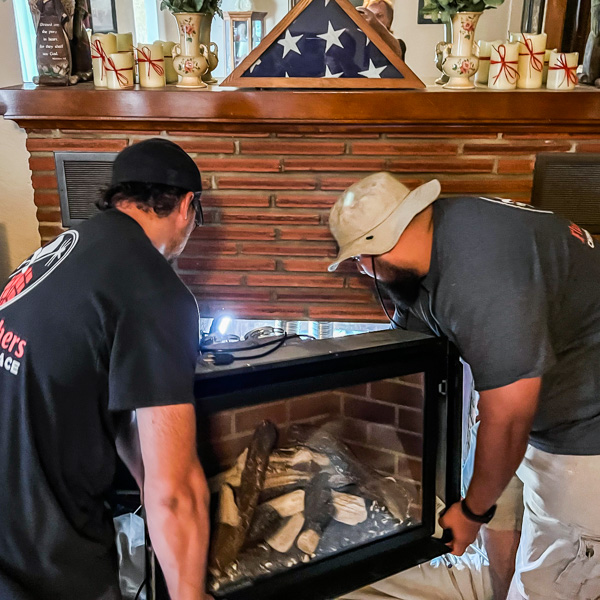 Adherence to Building Codes
Adherence to Building Codes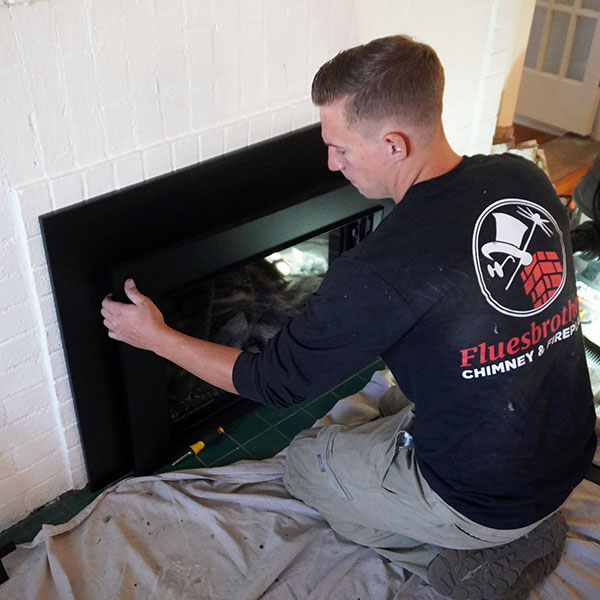 Trust the Professionals at Fluesbrothers
Trust the Professionals at Fluesbrothers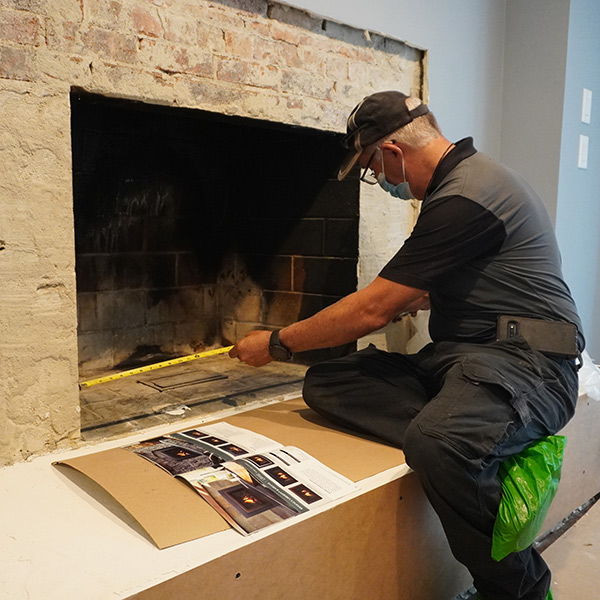 Preventative maintenance
Preventative maintenance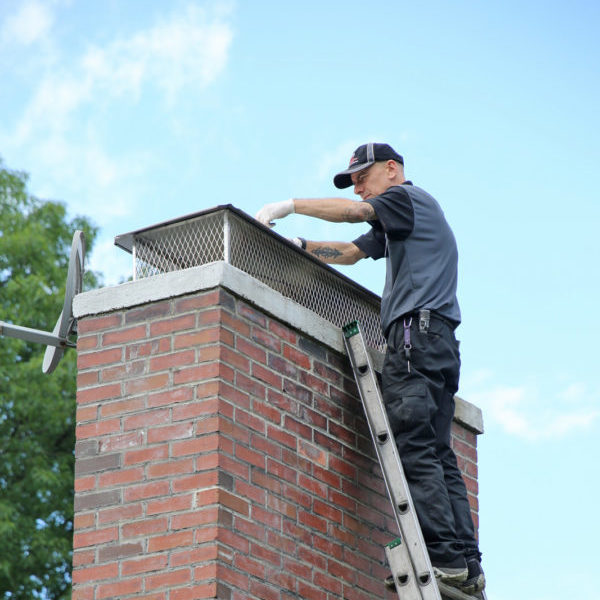 Quality Chimney Service & Repair
Quality Chimney Service & Repair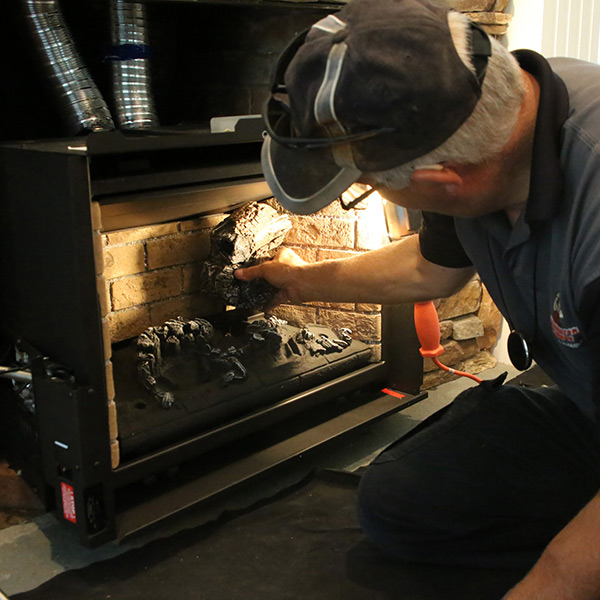 Why a Professional?
Why a Professional?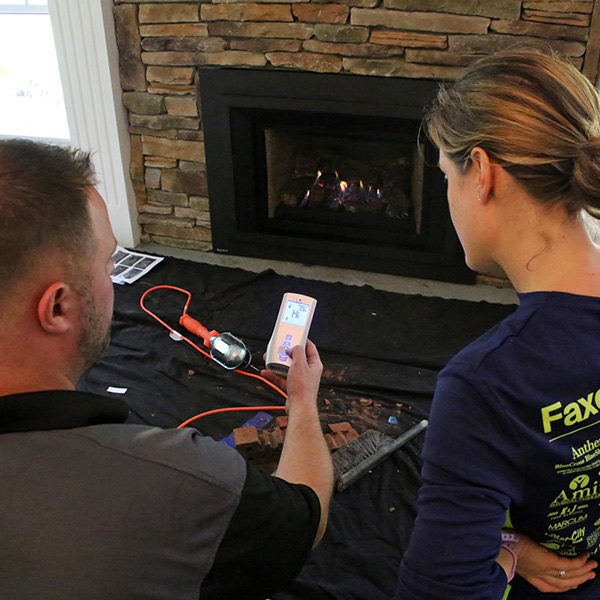
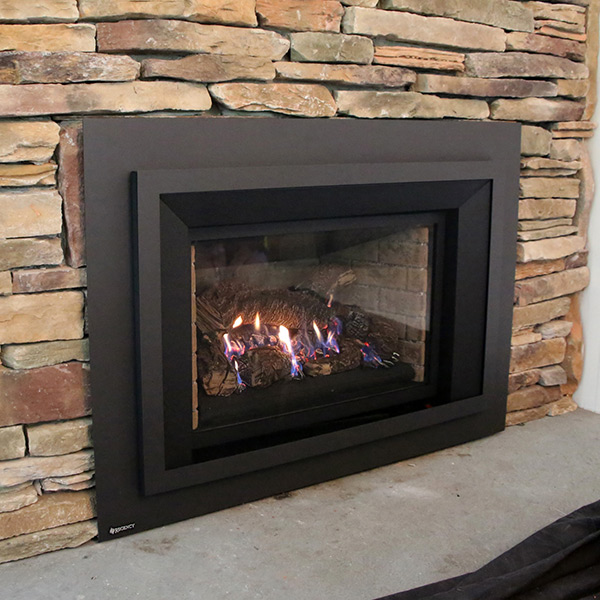 First things first, which style of fireplace do you own?
First things first, which style of fireplace do you own?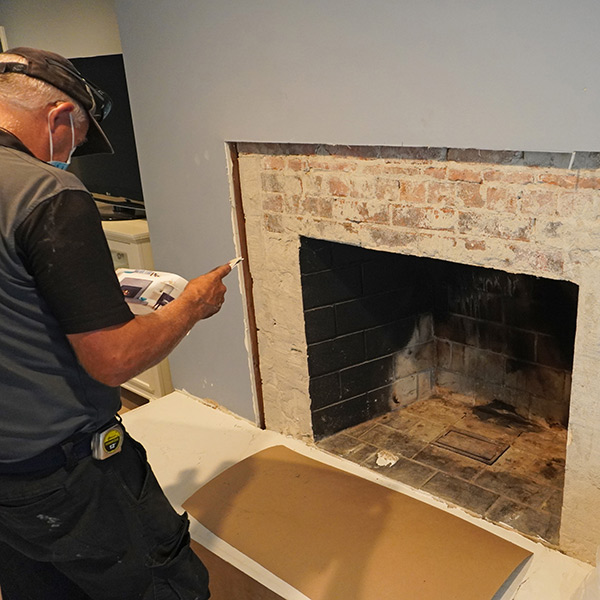 In addition, we can also take care of any repairs at this time. One of our tips to prepare your fireplace for summer essentially boils down to preparation. You will want to do everything you can in the off-season to get your fireplace ready for use this fall. At that time, we’ll replace or repair anything that needs to be addressed, such as the previously mentioned components, your cap, flashing, flue liner, and so on.
In addition, we can also take care of any repairs at this time. One of our tips to prepare your fireplace for summer essentially boils down to preparation. You will want to do everything you can in the off-season to get your fireplace ready for use this fall. At that time, we’ll replace or repair anything that needs to be addressed, such as the previously mentioned components, your cap, flashing, flue liner, and so on.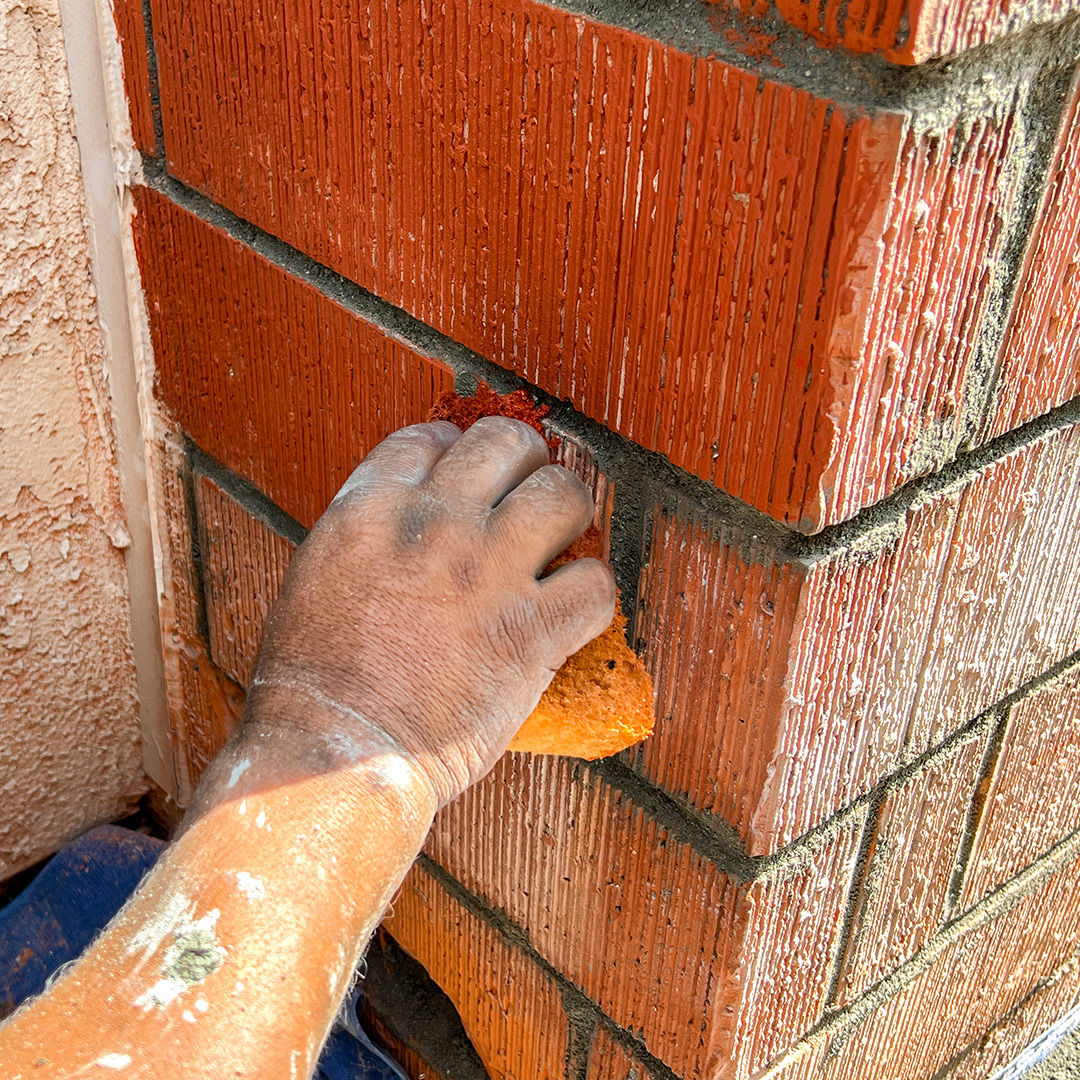
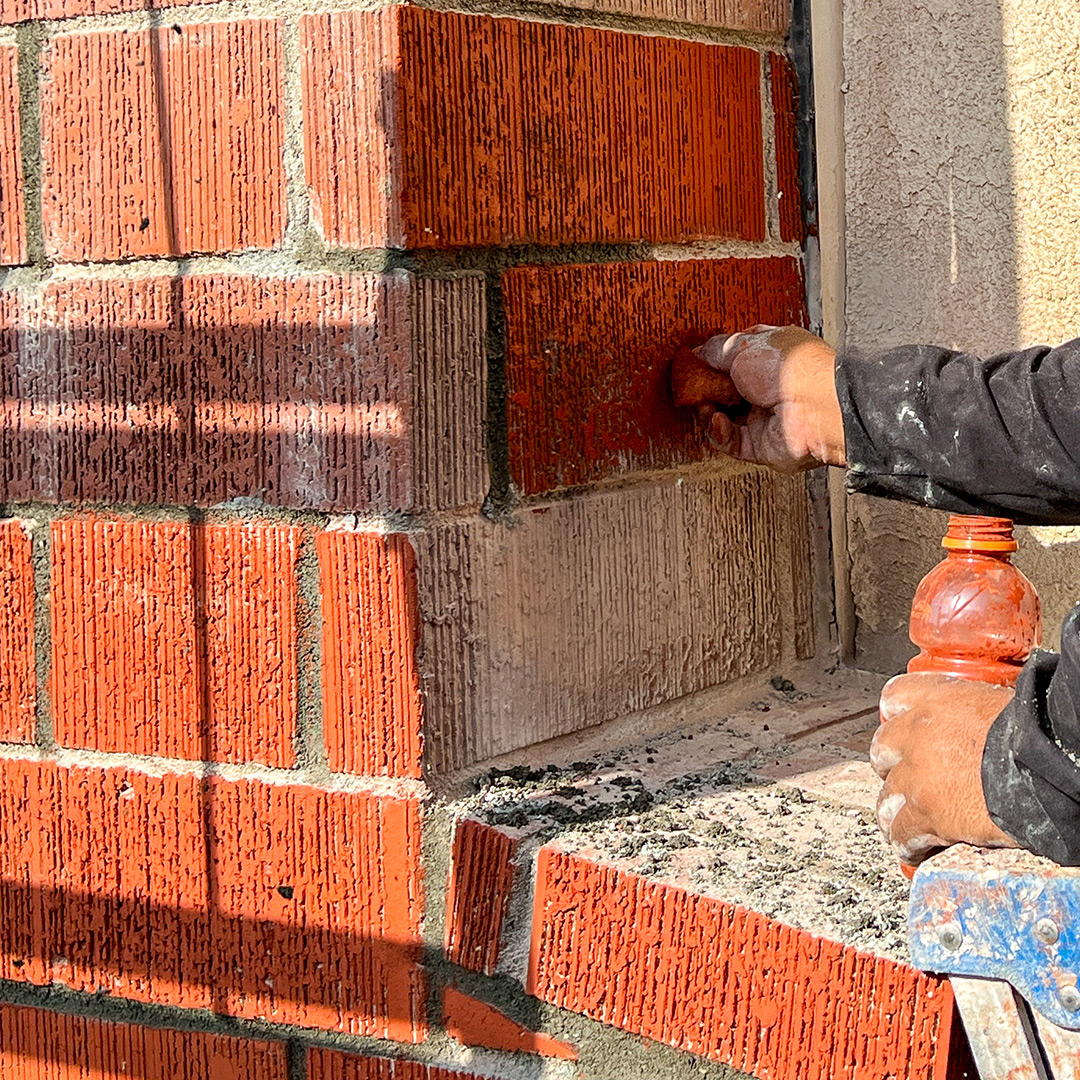 Call Fluesbrothers Chimney & Fireplace
Call Fluesbrothers Chimney & Fireplace

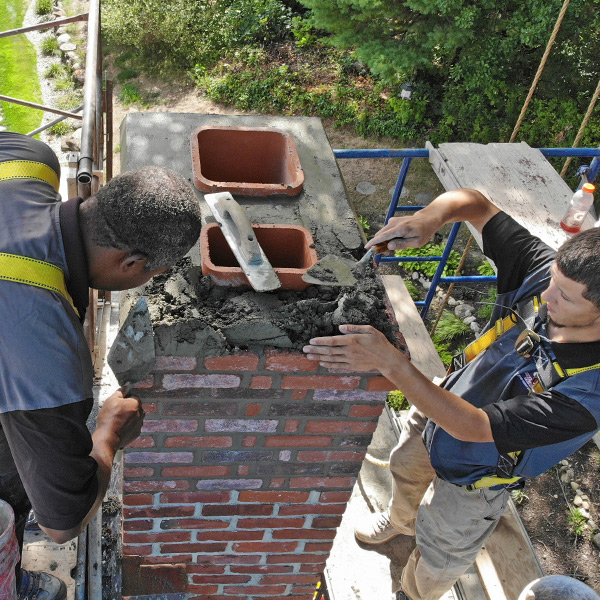 Signs that now is the best time for masonry repairs
Signs that now is the best time for masonry repairs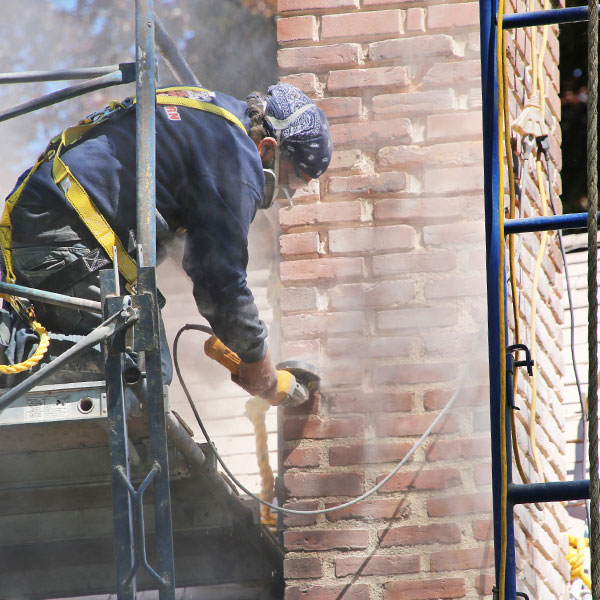 Contact us today to get on our calendar!
Contact us today to get on our calendar!